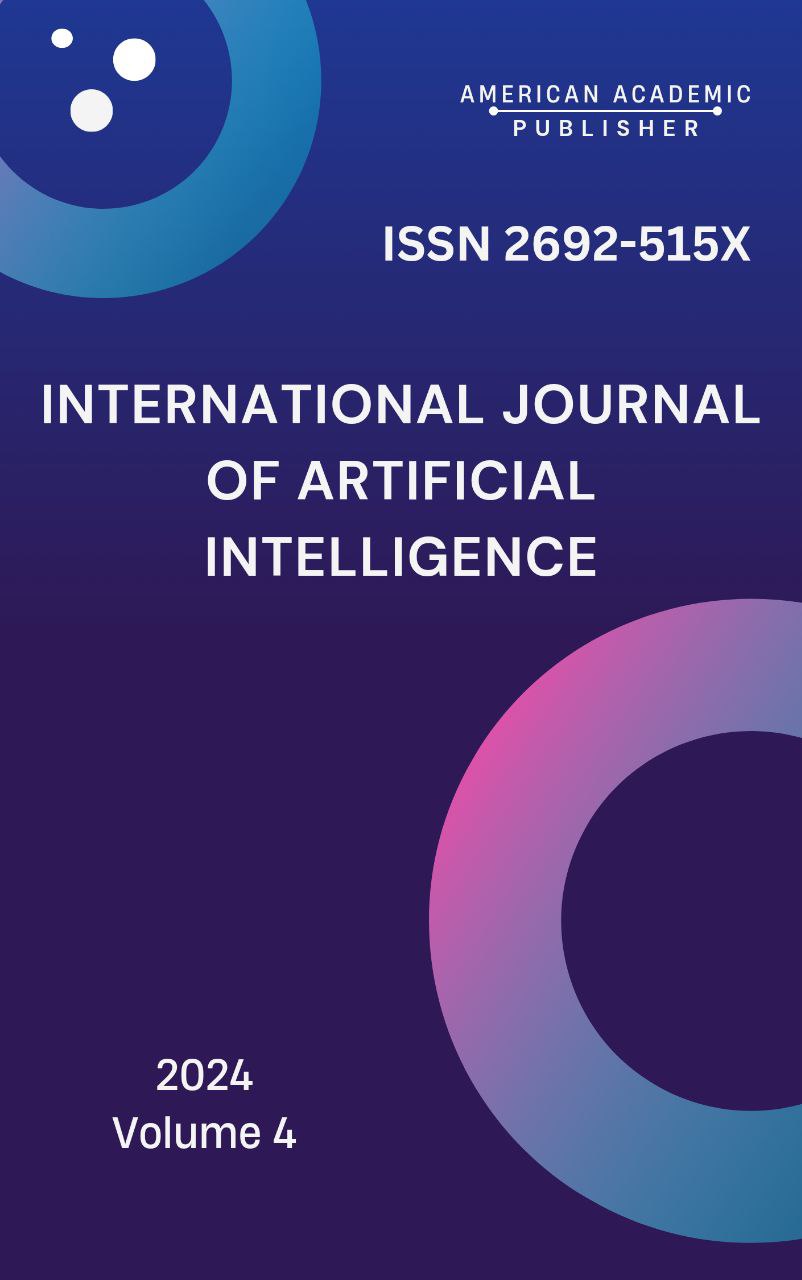 Articles
| Open Access |
Articles
| Open Access | TRANSLATING IDIOMS AND PHRASEOLOGICAL UNITS WHILE MAINTAINING THE EMOTIONAL IMPACT OF THE ORIGINAL TEXT
Jumayeva Dilbar Kuvondikovna , Navoi State Pedagogical InstituteAbstract
Translating idioms and phraseological units (PUs) presents unique challenges to translators due to their reliance on cultural context and emotional resonance. Idioms often contain layers of meaning that are not easily transferred between languages. This article explores various strategies and techniques that translators can employ to retain the emotional impact and cultural essence of idiomatic expressions when translating from English to Uzbek. The focus is on finding appropriate equivalents, adapting culturally specific expressions, and utilizing creative translation methods to ensure that the emotional and cognitive stimuli of the source text are conveyed in the target language. Through the examination of translation strategies and the use of examples from literary texts, this article provides a comprehensive analysis of idiomatic translation challenges and solutions.
Keywords
translation, idioms, emotional impact, cultural context, equivalence, adaptation, phraseological units, creative translation
References
García Márquez, G. (2000). One Hundred Years of Solitude (G. Rabassa, Trans.).
Ingo, R. (2007). Konsten att översätta: översättandets praktik och didaktik. Lund: Studentlitteratur AB.
Kuchkorov, K. (2023). The role of phraseological units in artistic translation. International Journal of Art of Word, 6(6).
Newmark, P. (1988). A Textbook of Translation. New York: Prentice-Hall International.
Matthews, P. H. (2007). The Concise Oxford English Dictionary of Linguistics. Oxford: Oxford University Press.
Naciscione, A. (2010). Stylistic Use of Phraseological Units in Discourse. John Benjamins Publishing Company.
Schäffner, C. (2004). Metaphor and translation: Some implications of a cognitive approach. Journal of Pragmatics, 36(7), 1253–1269.
Article Statistics
Downloads
Copyright License

This work is licensed under a Creative Commons Attribution 4.0 International License.

